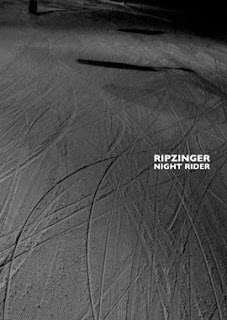For those of you who ordered Todd Hido's newest book
Nymph Daughters this weekend in good faith that whatever Hido does is gold, well, you might be excited by this extra info. For those of you who need more facts to make your decision, well, now you have it. Todd emailed us this weekend with enthusiasm about his new publication and pointed out that we lacked a very important detail in the listing for the book -- the description. It sounds simple-minded, but books without descriptions often frustrate me -- and I get to handle most books first hand. I still need the details. Well, here is the info on
Nymph Daughters straight from the photographer's mouth:
"This new book by Todd Hido (b. 1968) is a departure that brings him back to some of his narrative sequencing experiments he played with in graduate school while studying with Larry Sultan. This series started with two photos, the first image of found studio portrait of a mother made in the 1950’s, and another found archival newspaper photograph taken by a reporter of the aftermath of an auto accident. Hido put the portrait at the front of the book and the car crash at the back and worked to narratively connect the two using his own archive of portraits, landscapes, and photographs of houses.
The resulting book is a pulp tale that hints at some of the undercurrents and backgrounds that many of the people Hido has used in his other projects have hinted at, 'I have always felt that many of the model’s I have worked with in doing nudes were somehow revisiting something from their past by posing for the camera. There is a peculiar attraction we have as humans to reengage later in life with the things that troubled us most.'"
Also, we contacted the publisher for the print image. If you were considering the
limited edition, the clamshell image with print is shown above. It is only an edition of 20 with 2 AP's so best to snatch that one up quickly. Signed copies will arrive in about 2-4 weeks.


























































